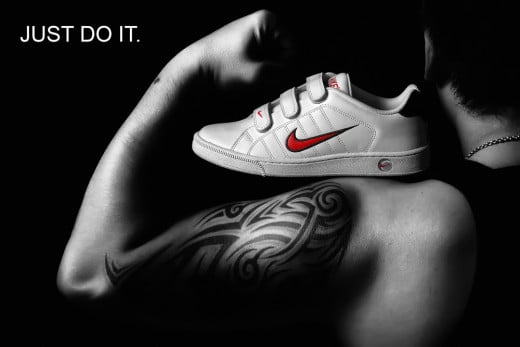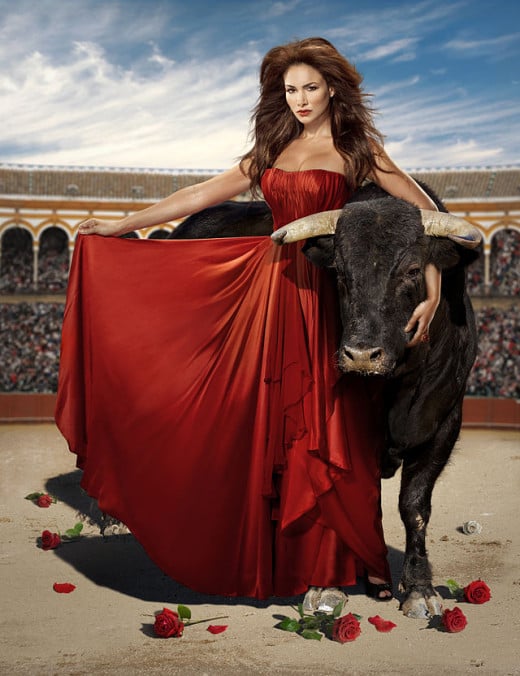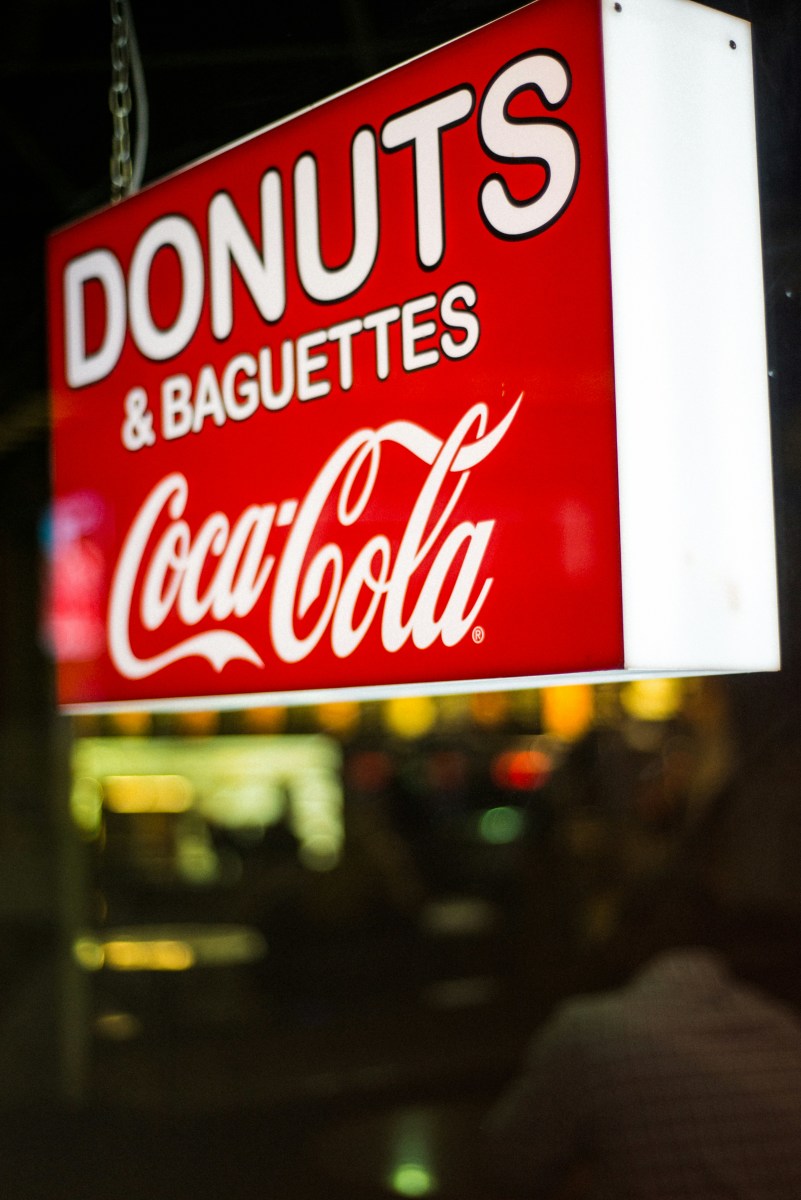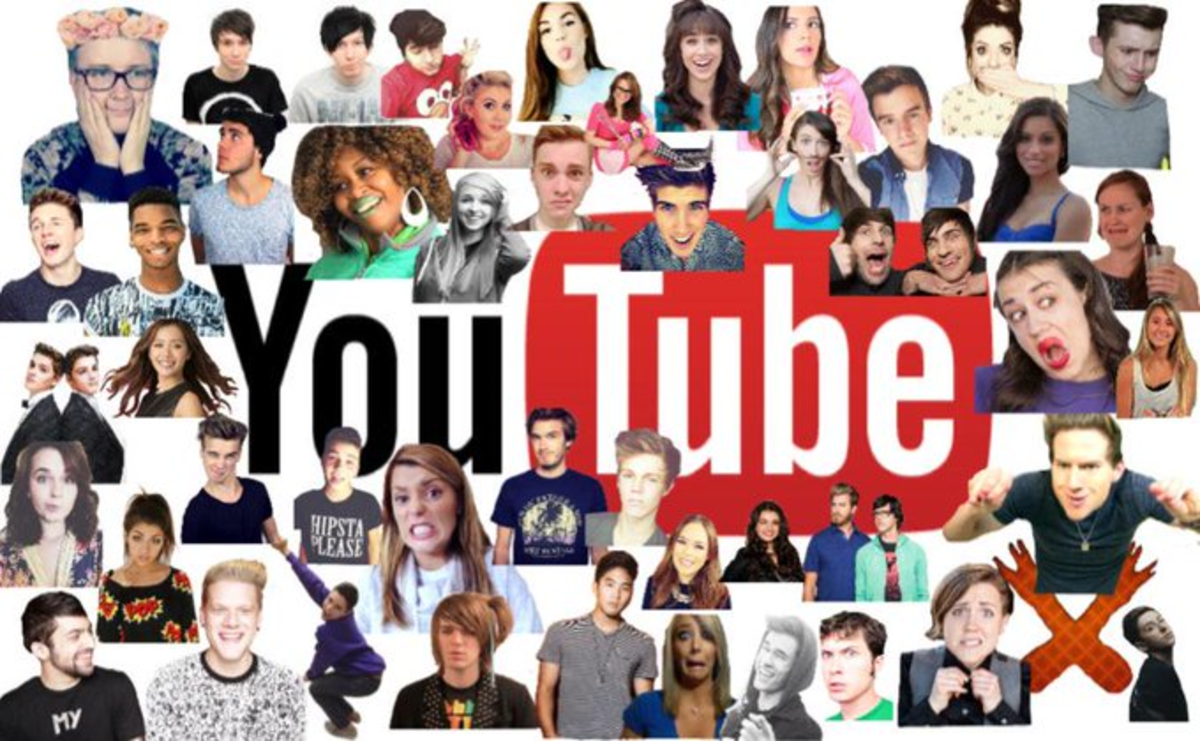Conceptual Photography and Advertising

What is conceptual photography?
"As a methodology conceptual photography is a type of photography that is staged to represent an idea. The 'concept' is both preconceived and, if successful, understandable in the completed image. It is most often seen in advertising and illustration where the picture may reiterate a headline or catchphrase that accompanies it. Photographic advertising and illustration commonly derive from Stock photography, which is often produced in response to current trends in image usage as determined by the research of picture agencies like Getty Images or Corbis. These photographs are therefore produced to visualize a predetermined concept." Wikipedia
Photography and Adds

Photography & Advertisemenst
Advertisers have been using photography or art since the first printed adds came into existence. Whether drawn, painted or embellished by using photographs, advertisers know the power that an "image" can have in the minds of the consumers and how a powerful tool an image can be.
With the advantage of the digital age the use of images and more so, the use of conceptual photography has really helped the marketing community take of.
Now you can basically place an image anywhere and manipulate in so many ways that clever marketing and advertising pros can take full advantage and make it appear as if the product has "magical", impossible qualities, anything to make the product appear more desirable.
But with that said let's take a closer look at why the need to use images, more specifically conceptualized images and the way or rather the reasons that they are used in advertisements so many times.
Many products benefit from having an idea, a feeling, a notion or a reputation associated with them. If the makers of the product can get this idea, feeling and so on to be associated with their product then they have done a good you of keeping the product in the minds of their intended customers and when a customer thinks about this feeling or idea they remember the product that it is associated with.
Here is where photography and more so ,conceptual photography comes into play. Through the aid of a computer, photographers can create almost anything and these images are meant to evoke a feeling or an emotion by blending elements of the image into the product thus making it appear as if the product "possesses" some of the qualities found within the elements in the main image; hot,cool, exciting and basically whatever the image makes the viewer think of.
However a computer is not always necessary. Many astute and very creative photographers still create conceptual art with nothing more than their camera. The trick is to arrange elements in ways that they end up representing something pleasant that can be tied with the product.
Have you ever noticed how nice, plum and fresh those hamburgers add look? It makes you want to reach out and take a bite even though you know it's a printed add. When you get to the restaurant the burgers never look as they did in the adds.
That is because they spray it with a glistening liquid to make it seem moist, the "smoke" as if right off the grill, is mostly digitally added and even some ingredients are not real but plastic. This is not always the case and the more honest advertisers do present the burger in its real form. But the whole effort is to create the desire in your mind to go and get one right now!
Conceptual photography to "show" movement

Social media also uses conceptual photography

What photography does to a product
Whenever you think a product is hot, cool, luxurious or something else, more than likely it is because in a way , you saw and add for it and if the add was successful , it made you associate the hotness or the coolness with it.
Let's take for example a famous marketing campaign by a cigarette maker which was extremely successful in getting their message across; think of a cigarette brand that is thought to be rough and masculine, then think of a cigarette brand which is thought to be delicate and feminine.
If your first choice was Marlboro it is because you associated it with the Cowboy adds. After all aren't' all cowboys rough and very masculine? For the second choice if you thought about Eve, it is because all of their adds feature a nice looking and elegant lady.
Now think about this, besides the package in which each brand comes in, both cigarettes contain the same things, are used the same way and may cause one the same harm, yet we think of one as manly and the other as feminine. That's clever marketing and nothing else.
Marketing campaigns can run into the millions of dollars but if successful, the returns are almost astronomical.
Some tips for photographing wine glasses. These techniques apply to many other product photography
Conceptual photography is also used with non-commercial purposes
Keep in mind that not all conceptual photography is meant for a commercial use.
There are many instances where this type of photography is used in social campaigns, used by non profits, and others as well too.
The point is that photography is used to bring the product to a level of placement in the minds and opinions of possible consumers or viewers to somehow influence the way that people feel about a product or cause and that this may otherwise not be possible without the use of conceptual photographs.
Take a second and do this poll
Do you think that using conceptual art in advertisements helps with product placement?
And add for PETA; conceptual photography & social causes

What to do next
If you want to get into this type of advertisement/photography start by creating your own portfolio of sample photographs and get creative with the concepts.
Then after requesting a submission's guidelines from those that may use your work only submit your best work.
You may start by getting small contracts and as your talent grows and so does your reputation you may be given the opportunity to work on larger projects.
Judge your work by letting others judge it for you. Ask viewers what feelings they feel or how they view a product (positive or negatively). Use their responses accordingly.
If your work does not impress your friends then it probably will not impress those who will be paying for it either.
Even without the words the message is clear

More conceptual photography ideas
© 2014 Luis E Gonzalez









